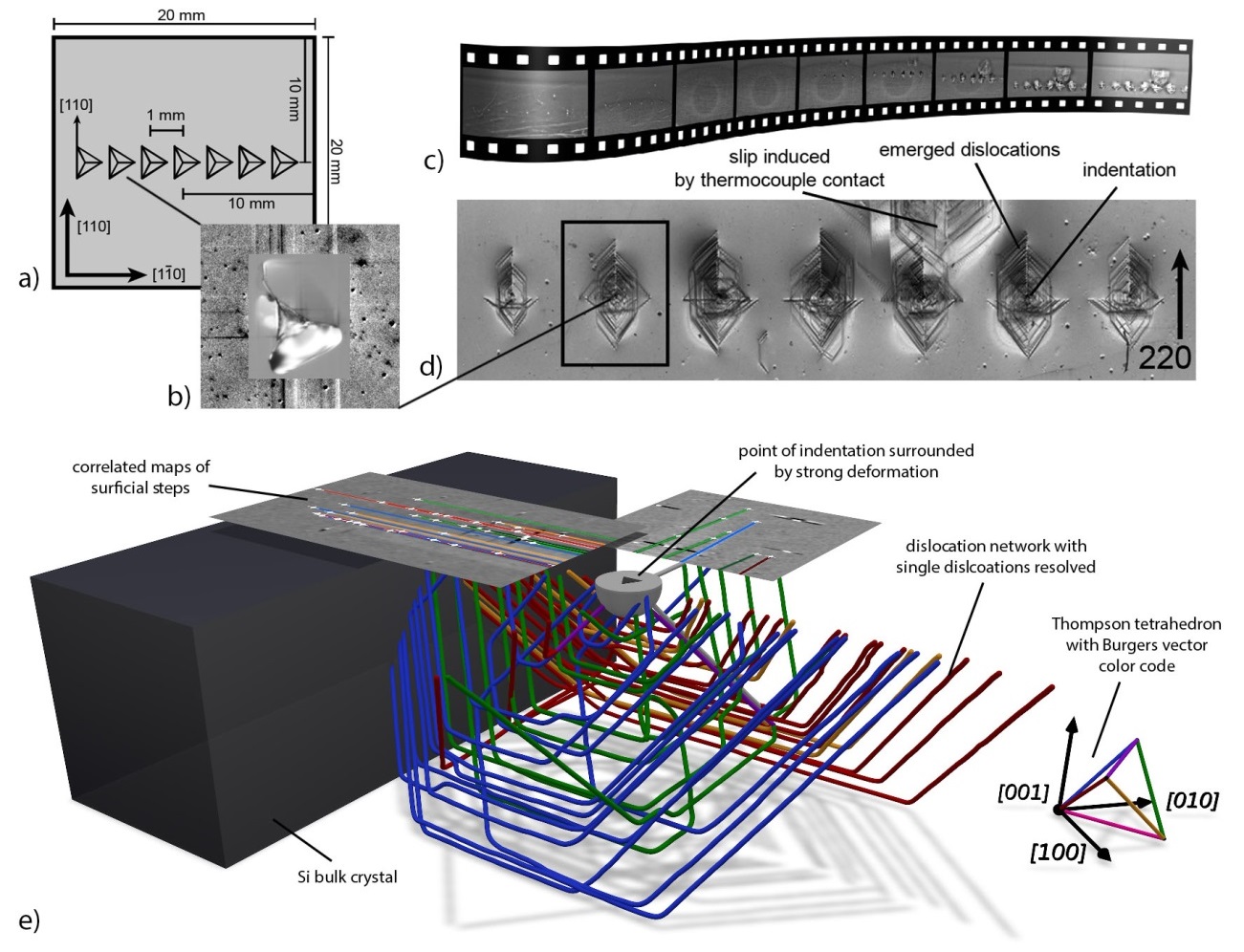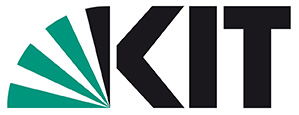STROBOS-CODE is a collaboration joining the interdisciplinary competency of partners from materials research and crystallography, X-ray physics, algorithm development, and image analysis from two Russian research institutions and two German universities.
The goal is the development and optimization of correlative full-field diffraction imaging methods with spatial and temporal resolution and the implementation of two stations with dedicated instrumentation:
- STROBOS
Prospective beamline endstation at SIBIR-II at Kurchatov Institute - CODE
Extension of the German-Russian endstation at the IMAGE beamline at the Synchrotron Radiation Source at KIT with diffraction contrast capabilities. Its design aims on high mobility and flexibility, enabling its integration into typical synchrotron beamline instrumentation and infrastructure for user experiments at different facilities (PETRA III, ESRF, etc.).
Methodical and instrumental development
By developing and optimizing diffraction-based full-field X-ray imaging techniques, combining topography, full-field micro-diffraction imaging, diffraction laminography and tomography, STROBOS-CODE aims on paving the way for correlative spatio-temporally resolved diffraction experiments. In combination with simulations (forward calculation of the measured diffraction contrast, FEM e.g. of thermal and mechanical stresses, dislocation dynamics, etc.) and complementary techniques such as µ-Raman spectroscopy and circular differential interference contrast microscopy (CDIC), the novel synchrotron methodology will enable a new level of comprehensive research studies of crystalline properties on technologically relevant length/time scales as well as under application-relevant conditions.
Demonstration experiments and application
Fundamental and application-oriented studies will address defect generation and evolution in crystalline materials during growth and typical processing e.g. during micro-electronic device fabrication. New routes will be opened for a deeper understanding of the interplay between driving forces and defect emergence, as well as for a better prediction of their behavior in dependence of thermal, mechanical, electrical, and chemical loads, which has a high application relevance e.g. for intercommunication technologies (wafer technologies, CMOS-technology, solar cells etc.).
Example: Comprehensive characterization of dislocation networks in Si-wafer:

Fig. 1: (e) illustrates the obtained comprehensive 3D picture (paths of individual dislocations, Burgers vectors, relation to surface features) of the onset of thermal slip in a Si-wafer, emerged under typical industrially relevant conditions. After controlled mechnical damaging (a, b) the sample was themerally annealed during in situ observation by X-ray white-beam topography (c,d) and finally characterized in detail by the methodology developed within the STROBOS-CODE project [Hänschke 2017].
Funding
The project "Stroboscopic and correlative diffraction imaging - STROBOS-CODE" is partially funded within the “German-Russian Cooperation" called "Erforschung kondensierter Materie an Großgeräten mit Neutronen und Synchrotronstrahlung im Rahmen der deutsch-russischen Kooperation (Kooperation „Ioffe-Röntgen-Institut“) 2014 – 2017“ (project duration extended to 2019).


.jpg)


